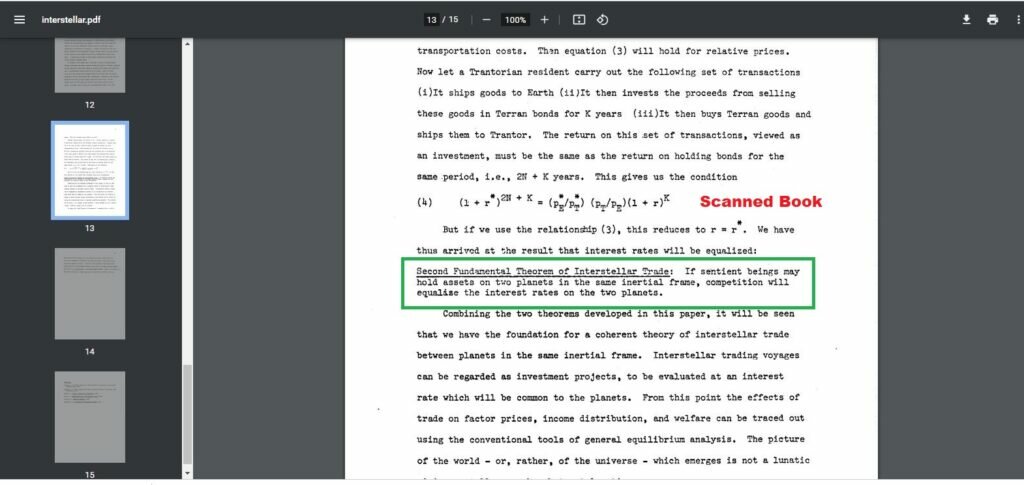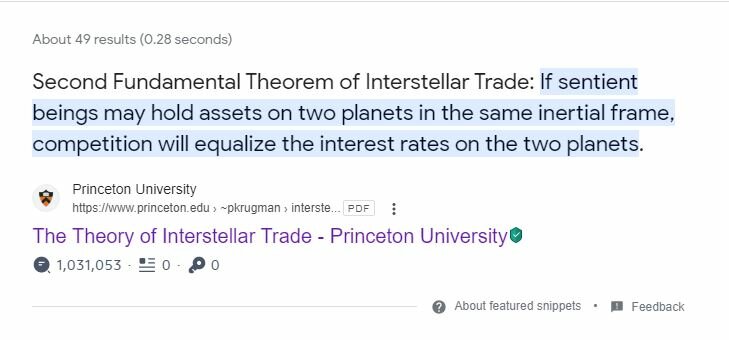Have you ever wondered why we use Alt Text for SEO? And, can Google actually crawl the text within your images or not?
If your answer is yes, then this article is a must-read for you. In this article, I am going to explore the importance of Alt Text for SEO and whether Google can crawl the text within your images.
I will also provide evidence to support my answer in this article.
By the end of this article, you’ll have a better understanding of how Alt Text impacts SEO and whether you should be optimizing the text within your images or not.
So, What’re we waiting for? Let’s dive right in to discuss this in detail.
What is Image SEO?
Image SEO is all about making your website’s pictures as easy to find as possible.
This involves things like adding descriptions (called Alt Text), captions and making sure the file sizes aren’t too big.
By doing this, search engines can better understand what your pictures are about, which can help them show up higher in search results.
In other words, Image SEO can make it easier for people to find your pictures and visit your website.
Let’s understand this with the below example.

As you can see in the image above, I’ve taken steps to optimize the image by reducing the file size and adding Alt Text and a Caption.
But have you ever thought about what could happen if you didn’t optimize your images?
First of all, they could take a lot longer to load if they’re too big. And without Alt Text and Captions, search engines like Google might not understand what the image is all about.
That means your website might not show up in search results as often or as high up as it could.
So, taking the time to optimize your images is very critical for the success of your website.
Why Google Needs Alt Text for Images?
I know you might be wondering why Google needs Alt Text for images when there are websites that can convert images to text.
The reason lies in the above image itself. The optical Character Recognition (OCR) technique used by those websites only works with image files containing text. Therefore, when you try to convert the above image using OCR, it will not give any results
Similarly, it becomes difficult for Search Engines including Google to understand what the image is about and why it’s being used here in this post.
Can Google read the text in images?
If you’re wondering whether Google can read the text in images, the answer is yes, it can. Google analyses every element on your website when it crawls it, including images.
This also includes scanned images. Google is capable of extracting text from scanned images, as seen in the way it extracts text from scanned books, for example.
When I searched for the “second fundamental theorem of interstellar trade” on Google, the search engine displayed text extracted from scanned book images in the search results.


But to understand the image’s content, Google relies on the text that’s associated with the image, such as the filename, alt text, and caption. This context is critical for Google to better understand the image and its relevance to the content on the page.
Although Google can read the text in images, it’s still necessary to provide accompanying text to ensure it fully comprehends the image’s content. This is particularly important for non-text or fancy images.
Evidence Supporting my Answer
In a recent video posted on the Google Search Central YouTube channel, Google emphasized the importance of providing alt text for images on your website.
While Google can extract text from images through OCR, providing alt text allows Google to better understand the context of the image and its relationship to the content on the page.
This is not only helpful for users who may use screen readers, but also provides more opportunities to improve your website’s SEO.
The relevant portion of the video begins at 10:30.
FAQs about Image SEO
A. It is a practice to optimize your images for various Search Engines. This can be done by adding Alt Text, Caption, optimizing file size, etc.
A. Yes, Google read the text in images for SEO.
A. From the standpoint of Search Engines, the name of the image plays an important role. It helps Search Engines including Google to learn what is the uploaded image all about.
A. Yes, the image file size can impact SEO. Large image files can slow down website loading time, resulting in a poor user experience and potentially lower search engine rankings.
It’s important to compress and optimize images without compromising quality.
Additionally, Google’s web crawlers have a maximum crawl limit of 15MB for web pages, so keeping image file sizes below this threshold can help ensure that they are properly indexed.
A. Yes, Alt text helps search engines to better understand images. This is not only helpful for users who may use screen readers, but also provides more opportunities to improve your website’s SEO.
Over to You
In conclusion, optimizing your website’s images is crucial for its success, and alt text plays a vital role in this process.
While Google can extract text from your images, it’s still necessary to provide alt text to ensure the context of the image is fully understood.
Not only does this benefit users who rely on screen readers, but it also provides more opportunities to improve your website’s SEO.
So, if you’re not already optimizing the text within your images, it’s time to start doing so to enhance the visibility and accessibility of your website.
If you want to learn more about optimizing images for your blog post, I suggest you check out this article.
It will provide you with more detailed information on how to properly optimize your images, including adding alt text, compressing images, and choosing the right file format.
Finally, if you require any assistance or have any questions, please don’t hesitate to contact me or leave a message in the comment section below. It would be my pleasure to provide any help you may need.
Source: SEO Office Hours by Google Search Central



